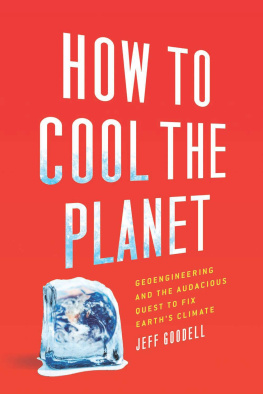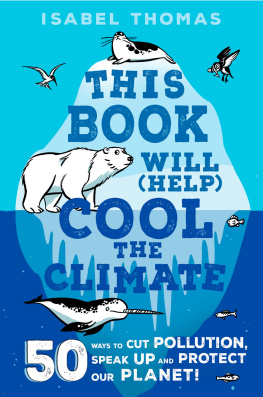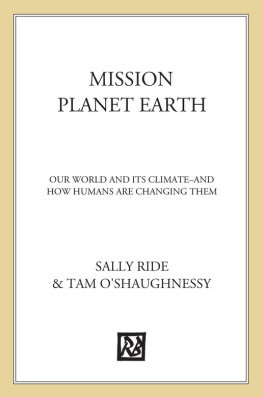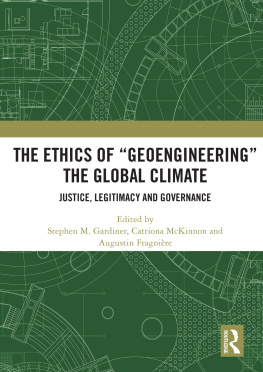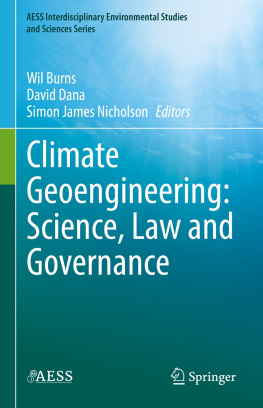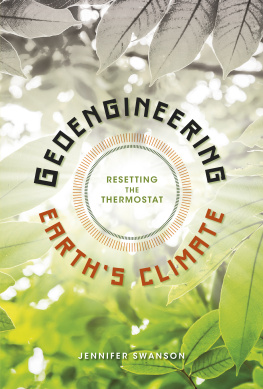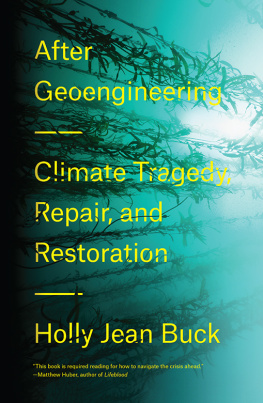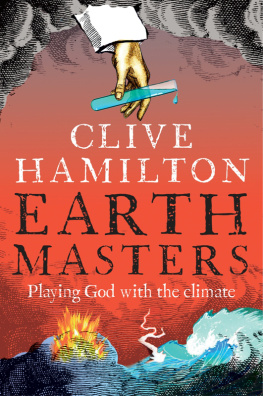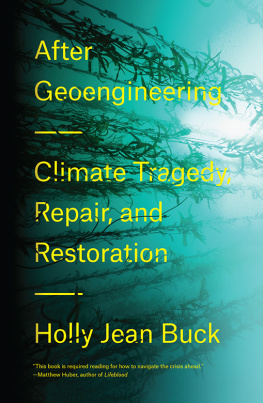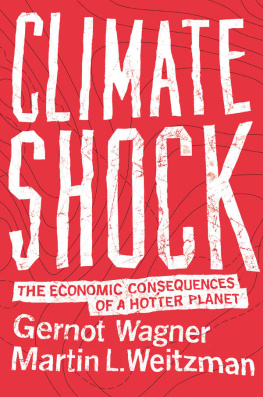Copyright 2010 by Jeff Goodell
ALL RIGHTS RESERVED
For information about permission to reproduce selections from this book, write to or to Permissions, Houghton Mifflin Harcourt Publishing Company, 3 Park Avenue, 19th Floor, New York, New York 10016.
www.hmhco.com
The Library of Congress has cataloged the print edition as follows:
Goodell, Jeff.
How to cool the planet : geoengineering and the audacious quest
to fix earths climate / Jeff Goodell.
p. cm.
Includes bibliographical references and index.
ISBN 978-0-618-99061-0
1. Climatic changes. 2. Climatic changesEnvironmental
aspects. 3. Global warming. 4. Engineering geology.
5. Environmental engineering.
I. Title.
QC 981.8. C 5 G 666 2010
551.6dc22 2009046565
e ISBN 978-0-547-48713-7
v3.0316
For Michele
Nature is always better when left to itself
but for what purpose?
ANSEL ADAMS
1
The Prophet
I GREW UP in California, where human ingenuity is a force of nature. Computers, the Internet, Hollywood, blue jeans, the Beach Boysthey are all inventions of my home state. The economic and cultural power of these things is obvious. Whats less obvious is how they transformed the place that gave birth to them. Until the early 1970s, my hometown of Silicon Valley was mostly orchards and Victorian ranch houses, with rows of cherry and apricot trees that marked the coming of spring with delicate white and pink blossoms. During the PC revolution, I watched those orchards fall to make room for glassy high-tech office buildings. The hillside where I saw the footprint of a mountain lion in the 1970s is now cluttered with houses. Silicon Valley is still a beautiful place, but the blossoms are mostly gone, the sky is hazy, and the beaches are crowded. This is happening everywhere, of courseits the story of modern life. And there are many upsides to this transformation, including the fact that the ideas and technologies born in California have been a great boon to humanity. But you have to be pretty obtuse to grow up in a place like Silicon Valley and not be aware that progress sometimes comes at a price.
I left the Valley in my midtwenties and moved to New York City to begin a career as a journalist. My connection to the Valley served me well. I spent the next decade or so writing about the business and culture of my hometown for publications such as Rolling Stoneand the New York Times Magazine.But my perspective changed after I became the father of three kids. The future of digital culture was suddenly much less interesting to me than the survival of the human race. I spent a lot of time with climate scientists while I was reporting my previous book, which was about the coal industry. It was a sobering experience. I think of myself as an optimistic person, but the deeper you probe into the climate crisis, the darker the story gets. Its hard not to read it as a parable about the dangers of living in a high-tech society. (No matter how hard they tried, a world of hunter-gatherers could not cook the planet.) And its harder still not to wonder whether the smartest, most technologically sophisticated creatures that ever existed on earth will figure out a solution for this looming catastrophe. My friends in Silicon Valley are sure we can. They believe we are one big ideaThin film solar! Cellulosic ethanol! High-altitude wind power!away from solving this crisis. I used to think that, too.
In early 2006, a friend emailed me an essay by Paul Crutzen that was about to be published in an academic journal. Crutzen is a Dutch atmospheric chemist who won the Nobel Prize for his pioneering research on the ozone hole in the atmosphere. In his note, my frienda successful entrepreneur in the solar power industrywrote: Read this. We are in deep trouble. Were going to geoengineer the damn planet now!
I may have heard the word geoengineer once or twice before, but I knew next to nothing about it, other than the fact that it generally referred to people with outlandish ideas about how to counteract global warming.
Next page
